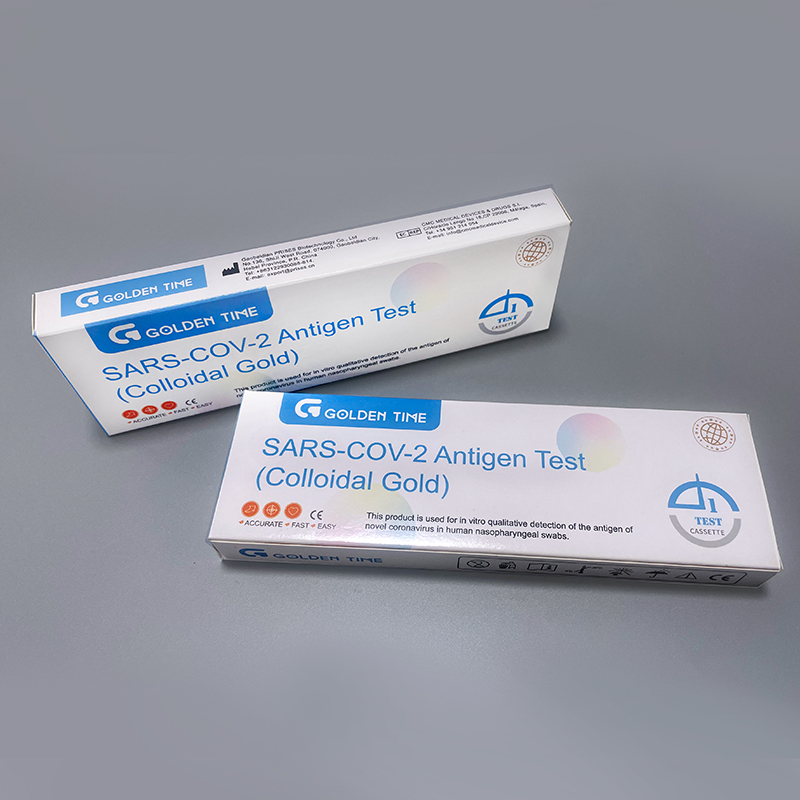Nov . 06, 2025 10:25 Back to list
COVID-19 Rapid Test Kit – Fast, Accurate Antigen Testing
Field Notes on a Rapid Tool: COVID-19 (SARS‑CoV‑2) Antigen Diagnostic Test Kit
I’ve spent the past few years talking to lab managers, purchasing teams, and school nurses about rapid testing. The Covid-19 Rapid Test Kit from Hebei (No.136, Shiji West Road, Gaobeidian City, 074000, P.R. China) keeps popping up in those conversations—mostly because it’s practical and, to be honest, not fussy.

Industry-wise, antigen tests aren’t replacing PCR; they’re complementing it. The trend is clear: quick screening in workplaces, clinics, and travel points, with confirmation by molecular methods when clinical judgment says “don’t ignore this.” Many customers say speed and simplicity often win the day, especially when positivity rates are shifting week to week.
Key Specs (real‑world use may vary)
| Product | COVID-19 (SARS‑CoV‑2) Antigen Diagnostic Test Kit |
| Intended use | In vitro qualitative detection of SARS‑CoV‑2 antigen in human nasopharyngeal swabs; preliminary screening result—confirm as needed. |
| Assay principle | Lateral flow immunoassay (colloidal gold) targeting viral N‑protein |
| Time to result | ≈ 10–15 minutes |
| Storage / shelf life | 2–30°C, dry; shelf life ≈ 18–24 months (see label) |
| Kit contents | Test cassettes, extraction buffer, tubes/caps, sterile swabs, dropper tips, desiccant, IFU |
| LoD | Refer to IFU; similar antigen LFAs often report 10²–10³ TCID50/mL, but confirm with current documentation |

Process Flow and Materials
Materials include nitrocellulose membrane, conjugate pad with anti‑N protein antibodies (gold-labeled), sample pad, and absorbent pad in a sealed cassette. Methods are straightforward: collect nasopharyngeal swab, elute in buffer, add 3–4 drops to the sample well, wait for capillary flow. Controls: a built‑in control line validates run adequacy; external positive/negative controls are recommended per local QA policy.
Testing standards many buyers ask about: ISO 13485 QMS, ISO 14971 risk management, CLSI guidance for qualitative assays, and WHO/ECDC/FDA frameworks for antigen test performance evaluation. Service life is largely about storage compliance and desiccation integrity; I’ve seen sites log each box’s open date to keep things tidy.

Where it’s used (and why)
- Occupational health screening (factories, logistics hubs) for rapid triage
- Primary care and urgent care as a quick aid while PCR is pending
- Mobile clinics and events—low equipment burden
- Education settings with trained personnel
Advantages: speed, portability, modest cost per test, and minimal training curve. Limitations are well known—lower sensitivity in low viral load or late infection stages; hence the “preliminary result” language. Many nurses told me they like the clear control line, though they also want bolder IFU illustrations (small things matter on a hectic day).

Vendor Snapshot (indicative, check local listings)
| Vendor/Brand | Format | Sample | Time | Certifications | Notes |
|---|---|---|---|---|---|
| PrisesBio SARS‑CoV‑2 Antigen Kit | Cassette (LFA) | NP swab | 10–15 min | ISO 13485; regional IVD marks as applicable | OEM options; bulk packs |
| Abbott BinaxNOW (example) | Card LFA | Nasal | ≈ 15 min | Region-dependent (e.g., EUA in US for certain use) | Broad distribution |
| SD Biosensor STANDARD Q | Cassette LFA | NP/Nasal | 15–30 min | Region-dependent CE‑IVD/EUL listings | Widely evaluated |
Always verify current certificates, scope, and authorized uses in your country.

Customization, Feedback & Quick Cases
Customization: private labeling, IFU translations, 20‑/25‑test configurations, and around 2D barcodes for inventory tracking. In one factory rollout (Northern China), training 12 operators cut invalids to near zero within a week. A small clinic in Southeast Asia told me the buffer vials were “less fiddly” than their previous brand; they still confirmed discordant results with RT‑PCR—sensible practice.

Standards, Data, and Responsible Use
Reported antigen test performance generally shows higher positive agreement in early infection or high viral load; specificity tends to be high. Actual numbers vary by study design and population—check the kit’s latest IFU or validation summary. Certification typically references ISO 13485; regional compliance (e.g., CE‑IVD/IVDR, national listings, or EUA) depends on jurisdiction. And yes, the Covid-19 Rapid Test Kit is a preliminary aid; clinical decisions should pair results with symptoms, exposure history, and professional judgment. When in doubt, confirm by molecular testing.
Authoritative citations
- WHO. Antigen-detecting rapid diagnostic tests for SARS‑CoV‑2. https://www.who.int/publications/i/item/antigen-detection-in-the-diagnosis-of-sars-cov-2-infection
- FDA. In Vitro Diagnostics EUAs—Antigen Tests. https://www.fda.gov/medical-devices/coronavirus-covid-19-and-medical-devices/emergency-use-authorizations-ivd
- ISO 13485:2016 Medical devices—QMS requirements for regulatory purposes. https://www.iso.org/standard/59752.html
- CLSI EP12 User Protocol for Evaluation of Qualitative Test Performance. https://clsi.org/standards/products/method-evaluation/
- ECDC. Options for the use of rapid antigen tests for COVID‑19. https://www.ecdc.europa.eu/en
-
Fast Syphilis Test: Rapid, Reliable Diagnostics for Global Health
NewsNov.20,2025
-
Serology Syphilis Test: Global Importance and Latest Diagnostic Advances
NewsNov.20,2025
-
Diagnose Syphilis Test – Essential Screening & Diagnostics Explained
NewsNov.19,2025
-
Comprehensive Guide to Diagnosis Syphilis Test Technologies & Applications
NewsNov.19,2025
-
Comprehensive Guide to Syphilis Test Dubai – Early Detection & Reliable Screening
NewsNov.18,2025
-
Comprehensive Guide to Syphilis Test Diagnosis: Global Impact and Advances
NewsNov.18,2025

